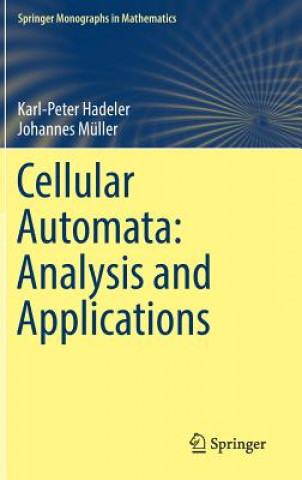
Kód: 15690965
Cellular Automata: Analysis and Applications
Autor Karl-Peter Hadeler, Johannes Müller
This book focuses on a coherent representation of the main approaches to analyze the dynamics of cellular automata. Cellular automata are an inevitable tool in mathematical modeling. In contrast to classical modeling approaches as ... celý popis
- Jazyk:
 Angličtina
Angličtina - Vazba: Pevná
- Počet stran: 467
Nakladatelství: Springer International Publishing AG, 2017
- Více informací o knize

Mohlo by se vám také líbit
-
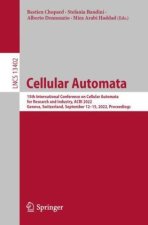
Cellular Automata
2803 Kč -
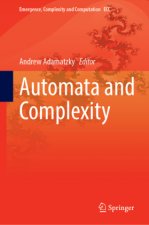
Automata and Complexity
5945 Kč -

Environmental Archaeology and the Social Order
4989 Kč -
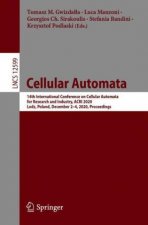
Cellular Automata
1665 Kč -
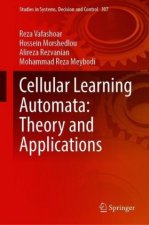
Cellular Learning Automata: Theory and Applications
5060 Kč -

AUTO SALES
427 Kč -

Natural History of Carolina, Florida, and the Bahama Islands
996 Kč -

Frida Kahlo And Her Animalitos
496 Kč -

Boy Named Bill
321 Kč -

ARTS MEDIA & CULTURE
380 Kč -

Catalysis By Gold
1754 Kč -

Space and Grace: To Build a Bigger and Better Marriage
658 Kč -

Global Security, Safety, and Sustainability
1665 Kč -

Disruptives Potential der Blockchain-Technologien und die Moeglichkeit dezentraler Zahlungssysteme
1230 Kč
Dárkový poukaz: Radost zaručena
- Darujte poukaz v libovolné hodnotě a my se postaráme o zbytek.
- Poukaz se vztahuje na celou naši nabídku.
- Elektronický poukaz vytisknete z e-mailu a můžete ihned darovat.
- Platnost poukazu je 12 měsíců od data vystavení.
Více informací o knize Cellular Automata: Analysis and Applications
Nákupem získáte 434 bodů
 Anotace knihy
Anotace knihy
This book focuses on a coherent representation of the main approaches to analyze the dynamics of cellular automata. Cellular automata are an inevitable tool in mathematical modeling. In contrast to classical modeling approaches as partial differential equations, cellular automata are straightforward to simulate but hard to analyze. In this book we present a review of approaches and theories that allow the reader to understand the behavior of cellular automata beyond simulations. The first part consists of an introduction of cellular automata on Cayley graphs, and their characterization via the fundamental Cutis-Hedlund-Lyndon theorems in the context of different topological concepts (Cantor, Besicovitch and Weyl topology). The second part focuses on classification results: What classification follows from topological concepts (Hurley classification), Lyapunov stability (Gilman classification), and the theory of formal languages and grammars (Kurka classification). These classifications suggest to cluster cellular automata, similar to the classification of partial differential equations in hyperbolic, parabolic and elliptic equations. This part of the book culminates in the question, whether properties of cellular automata are decidable. Surjectivity, and injectivity are examined, and the seminal Garden of Eden theorems are discussed. The third part focuses on the analysis of cellular automata that inherit distinct properties, often based on mathematical modeling of biological, physical or chemical systems. Linearity is a concept that allows to define self-similar limit sets. Models for particle motion show how to bridge the gap between cellular automata and partial differential equations (HPP model and ultradiscrete limit). Pattern formation is related to linear cellular automata, to the Bar-Yam model for Turing pattern, and Greenberg-Hastings automata for excitable media. Also models for sandpiles, the dynamics of infectious diseases and evolution of predator-prey systems are discussed. Mathematicians find an overview about theory and tools for the analysis of cellular automata. The book contains an appendix introducing basic mathematical techniques and notations, such that also physicists, chemists and biologists interested in cellular automata beyond pure simulations will benefit.
 Parametry knihy
Parametry knihy
Zařazení knihy Knihy v angličtině Mathematics & science Mathematics Applied mathematics
4335 Kč
- Plný název: Cellular Automata: Analysis and Applications
- Autor: Karl-Peter Hadeler, Johannes Müller
- Jazyk:
 Angličtina
Angličtina - Vazba: Pevná
- Počet stran: 467
- EAN: 9783319530420
- ISBN: 3319530429
- ID: 15690965
- Nakladatelství: Springer International Publishing AG
- Hmotnost: 8395 g
- Rozměry: 235 × 155 × 32 mm
- Datum vydání: 15. June 2017
Oblíbené z jiného soudku
-

Advanced Engineering Mathematics 10e ISV WIE
1901 Kč -

Chaos
304 Kč -
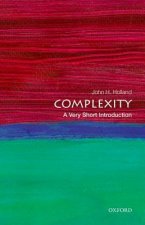
Complexity: A Very Short Introduction
249 Kč -
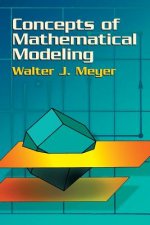
Concepts of Mathematical Modeling
476 Kč -
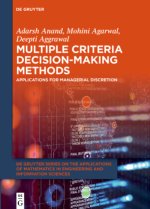
Multiple Criteria Decision-Making Methods
5338 Kč -

String Theory and Particle Physics
2190 Kč -
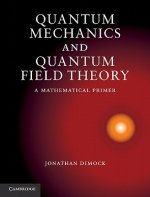
Quantum Mechanics and Quantum Field Theory
2720 Kč -
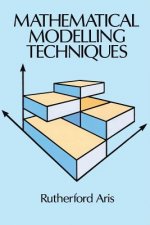
Mathematical Modelling Techniques
295 Kč -
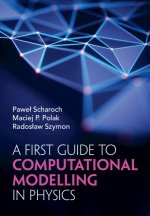
A First Guide to Computational Modelling in Physics
809 Kč -
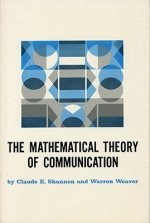
Mathematical Theory of Communication
778 Kč -

Chaos: A Very Short Introduction
249 Kč -
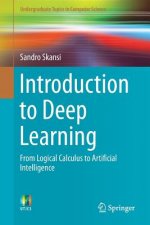
Introduction to Deep Learning
1465 Kč -
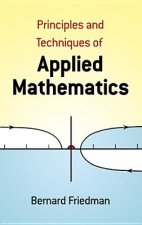
Principles and Techniques of Applied Mathematics
344 Kč -
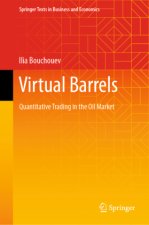
Virtual Barrels
1626 Kč -
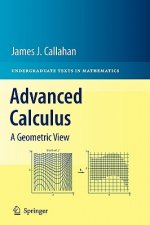
Advanced Calculus
1900 Kč -

Essential Mathematical Biology
1164 Kč -
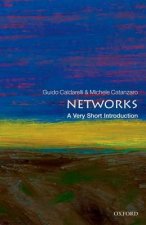
Networks: A Very Short Introduction
249 Kč -
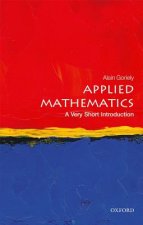
Applied Mathematics: A Very Short Introduction
276 Kč -
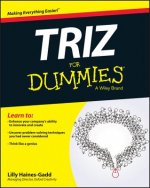
TRIZ For Dummies
617 Kč -

Cryptography: A Very Short Introduction
336 Kč -
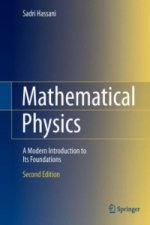
Mathematical Physics
2204 Kč -
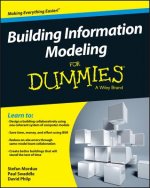
Building Information Modeling For Dummies
688 Kč -
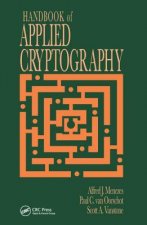
Handbook of Applied Cryptography
5405 Kč -

Essential PTC (R) Mathcad Prime (R) 3.0
2360 Kč -
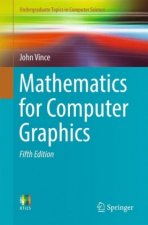
Mathematics for Computer Graphics
1694 Kč -
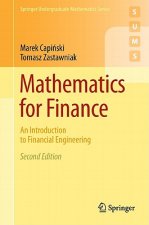
Mathematics for Finance
1063 Kč -

Mastering Financial Modeling: A Professional's Guide to Building Financial Models in Excel
2374 Kč -
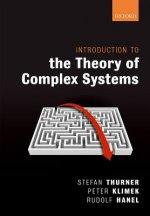
Introduction to the Theory of Complex Systems
2239 Kč -
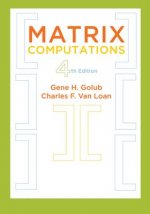
Matrix Computations
2089 Kč -
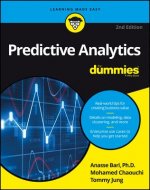
Predictive Analytics For Dummies, 2e
594 Kč -
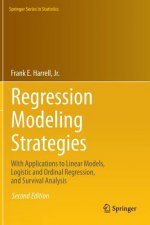
Regression Modeling Strategies
3545 Kč -
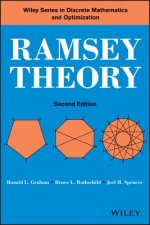
Ramsey Theory, Second Edition
2671 Kč -
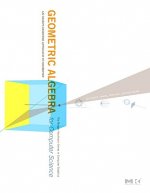
Geometric Algebra for Computer Science (Revised Edition)
2377 Kč -
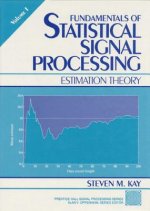
Fundamentals of Statistical Processing, Volume I
3568 Kč -
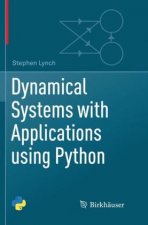
Dynamical Systems with Applications using Python
1919 Kč -
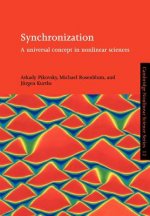
Synchronization
3044 Kč -
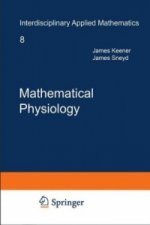
Mathematical Physiology, 2 Vols.
2817 Kč -
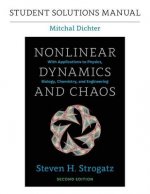
Student Solutions Manual for Nonlinear Dynamics and Chaos, 2nd edition
638 Kč -

Networks
2320 Kč -
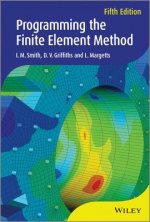
Programming the Finite Element Method 5e
3931 Kč -
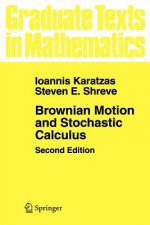
Brownian Motion and Stochastic Calculus
2035 Kč -
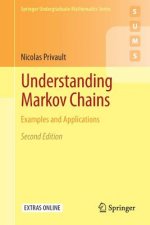
Understanding Markov Chains
1206 Kč -

Applying Mathematics to Construction
1205 Kč -
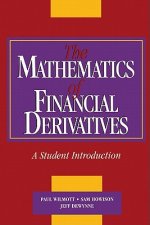
Mathematics of Financial Derivatives
2338 Kč -
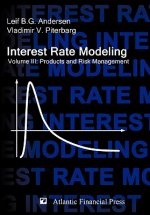
Interest Rate Modeling. Volume 3
3521 Kč -
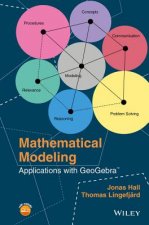
Mathematical Modeling - Applications with GeoGebra
4316 Kč -
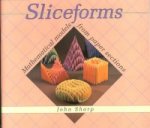
Sliceforms
184 Kč -

Handbook of Induction Heating
4624 Kč -
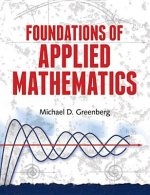
Foundations of Applied Mathematics
882 Kč
Osobní odběr Praha, Brno a 12903 dalších
Copyright ©2008-24 nejlevnejsi-knihy.cz Všechna práva vyhrazenaSoukromíCookies



 Vrácení do měsíce
Vrácení do měsíce 571 999 099 (8-15.30h)
571 999 099 (8-15.30h)